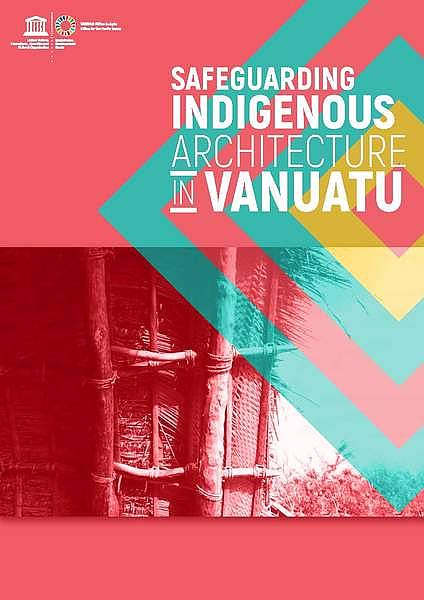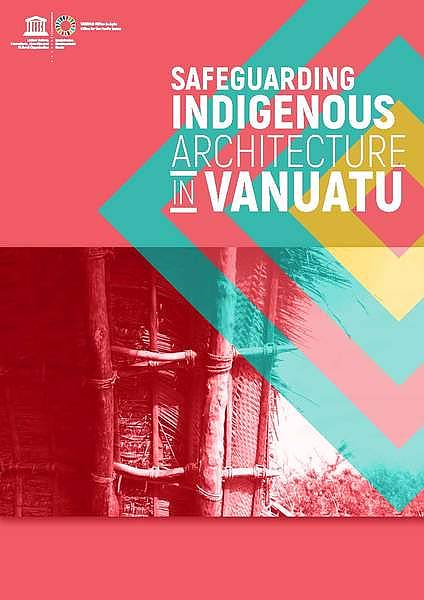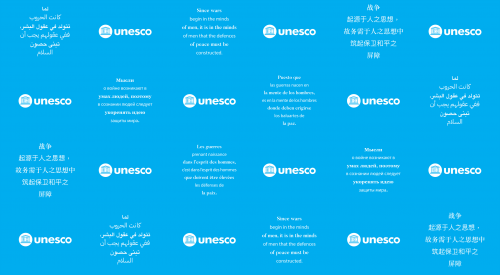“Safeguarding Indigenous Architecture in Vanuatu” is the final report on the research carried out by the Vanuatu Culture Centre (VCC), as part of a Post-Disaster Needs Assessment following Tropical Cyclone Pam in March 2015. A category 5 cyclone, Pam caused widespread damage across Vanuatu, affecting more than half of its population. After the cyclone had passed, there was a great deal of talk among both the local community and the media about the use of ‘nakamals’, a specific type of indigenous architecture, as evacuation shelters during the cyclone. Research then began to collect data and information on the conditions of seven significant nakamals in the country.
The research was carried out by a group of field-workers coordinated by the VCC, with financial assistance from UNESCO’s Intangible Cultural Heritage Fund. The research involved collecting data, assessing the structural and material damage, traditional building skills and knowledge and the role of nakamals in Disaster Risk Reduction (DRR) and then interpreting the findings. The VCC field-workers played an important role in ensuring the community-based inventorying of the tangible and intangible aspects of the indigenous architecture.
The final report presents invaluable testimonies by village chiefs and community members that stress the importance of nakamals as shelters, as well as their cultural meanings and social functions, which are central to the wellbeing of the community. The report highlights several challenges faced by nakamals, including the proliferation of imported building materials and construction techniques, the shortage of raw materials and the lack of resources required to renovate or reconstruct them.
“Without the Intangible Cultural Heritage of the nakamal, there is not tangible buildings, as the built form is dependent on the knowledge and skills retained within the communities,” concludes the report. The report will ideally serve to increase awareness of the contribution of nakamal to DRR and to the social cohesion and sustainable development of the indigenous community of Vanuatu.
Download PDF


